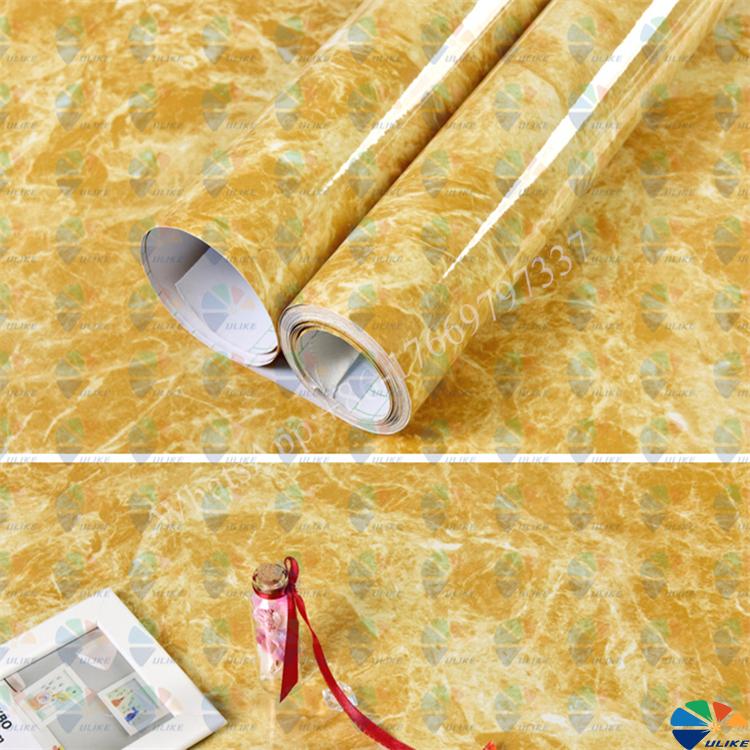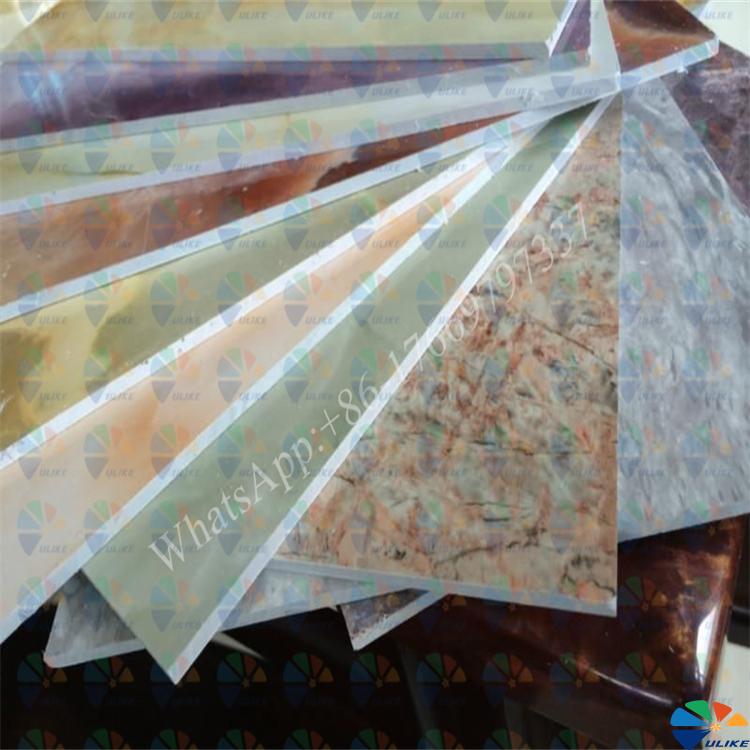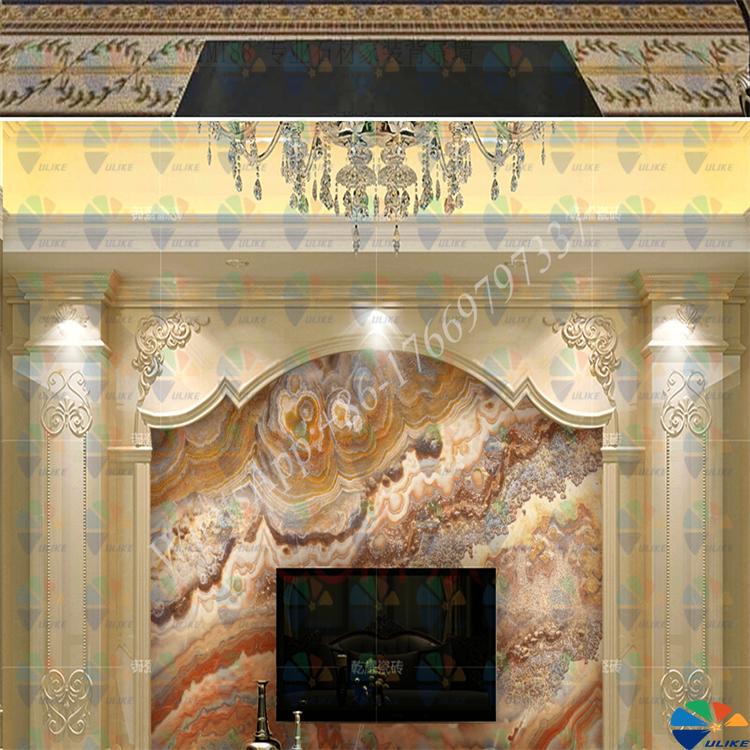Historical Development of PET Hot Stamping Foil
Historical Development of
PET Thermal Transfer Film
Overview
PET (polyethylene terephthalate) thermal transfer film is a thin film material that transfers metal, pigment or holographic patterns to various substrates through heat and pressure. This technology is widely used in industries such as packaging, textiles and electronics to enhance the aesthetics and functionality of products. The historical development of PET thermal transfer film is closely related to the development of printing and decoration technology in the 20th century.
Early Development of
PET hot stamping foil
The concept of thermal transfer can be traced back to the early 19th century, when bookbinders used manual methods to apply gold foil to leather book covers. This technology gradually became industrialized with the advent of mechanization in the late 19th and early 20th centuries. However, it was not until the mid-20th century that PET thermal transfer film began to appear in the form we know today.
The introduction of polyethylene terephthalate (PET) in the 1940s revolutionized the industry. PET was initially widely used in the textile industry due to its strong, durable and flexible properties. As manufacturers recognized the potential of PET to create durable and high-quality finishes on various surfaces, it was gradually applied to thermal transfer films.
Technological Advancements
In the 1960s and 1970s, major advances in polymer science and coating technology laid the foundation for the widespread use of PET as a thermal transfer film substrate. The development of multilayer films (including release, color, metallization, and adhesive layers) made the transfer process more consistent and high-quality.
The introduction of vacuum coating technology was a major breakthrough during this period. Through this technology, a thin layer of metal (usually aluminum) is deposited onto PET film, which can produce a highly reflective metallic finish that is widely used in the packaging industry, such as the decoration of products such as labels, boxes, and greeting cards.
Application Expansion
The application of PET thermal transfer films expanded rapidly in the 1980s and 1990s. The electronics industry began to use these films to decorate plastic housings and components, while the automotive industry adopted them for interior decoration and logos. The packaging industry remained the main user, and thermal transfer films were used to enhance the visual appeal of consumer products.
During this period, holographic films became popular, which produce three-dimensional effects by creating micro-engraved patterns on PET films. This innovation opened up new markets, especially in security applications, where holographic films were used to prevent counterfeiting.
Modern Developments
Today, PET thermal transfer films are widely used in multiple industries. Advances in digital printing and laser technology have further expanded the capabilities of thermal transfer. The development of environmentally friendly and solvent-free adhesives has also addressed issues related to sustainability.
PET thermal transfer films now have a variety of different finishes, including metallic luster, holographic effects, matte and high gloss effects. They are not only used for decoration, but also for functional applications such as anti-counterfeiting, branding and labeling.
Future Outlook
With the continuous advancement of technology, the diversity and application range of PET thermal transfer films will be further expanded. In the future, PET thermal transfer films may play a more important role in environmental protection, smart packaging, personalized customization and other fields, and continue to occupy a key position in the field of product decoration and protection.
Conclusion
The history of PET thermal transfer films reflects the evolution of printing and decoration technology over the past century. From the early application of handmade gold foil to the widespread use of modern high-tech industries, PET thermal transfer films have been constantly adapting and meeting the needs of various markets. With the continuous advancement of technology, the versatility and application range of PET thermal transfer films will be further expanded, consolidating its key role in the field of product decoration and protection.



![af]() Afrikaans
Afrikaans![sq]() Albanian
Albanian![am]() Amharic
Amharic![ar]() Arabic
Arabic![fr]() French
French![es]() Spanish
Spanish![ru]() Russian
Russian![de]() German
German![hy]() Armenian
Armenian![it]() Italian
Italian![ja]() Japanese
Japanese![ko]() Korean
Korean![pt]() Portuguese
Portuguese![hi]() Hindi
Hindi![az]() Azerbaijani
Azerbaijani![ro]() Romanian
Romanian![pl]() Polish
Polish![th]() Thai
Thai![el]() Greek
Greek![eu]() Basque
Basque![en]() English
English![zh-CN]() Chinese (Simplified)
Chinese (Simplified)![zh-TW]() Chinese (Traditional)
Chinese (Traditional)![be]() Belarusian
Belarusian![bn]() Bengali
Bengali![bs]() Bosnian
Bosnian![bg]() Bulgarian
Bulgarian![ca]() Catalan
Catalan![ceb]() Cebuano
Cebuano![ny]() Chichewa
Chichewa![co]() Corsican
Corsican![hr]() Croatian
Croatian![cs]() Czech
Czech![da]() Danish
Danish![nl]() Dutch
Dutch![eo]() Esperanto
Esperanto![et]() Estonian
Estonian![tl]() Filipino
Filipino![fi]() Finnish
Finnish![fy]() Frisian
Frisian![gl]() Galician
Galician![ka]() Georgian
Georgian![gu]() Gujarati
Gujarati![ht]() Haitian Creole
Haitian Creole![ha]() Hausa
Hausa![haw]() Hawaiian
Hawaiian![iw]() Hebrew
Hebrew![hmn]() Hmong
Hmong![hu]() Hungarian
Hungarian![is]() Icelandic
Icelandic![ig]() Igbo
Igbo![id]() Indonesian
Indonesian![ga]() Irish
Irish![jw]() Javanese
Javanese![kn]() Kannada
Kannada![kk]() Kazakh
Kazakh![km]() Khmer
Khmer![ku]() Kurdish (Kurmanji)
Kurdish (Kurmanji)![ky]() Kyrgyz
Kyrgyz![lo]() Lao
Lao![la]() Latin
Latin![lv]() Latvian
Latvian![lt]() Lithuanian
Lithuanian![lb]() Luxembourgish
Luxembourgish![mk]() Macedonian
Macedonian![mg]() Malagasy
Malagasy![ms]() Malay
Malay![ml]() Malayalam
Malayalam![mt]() Maltese
Maltese![mi]() Maori
Maori![mr]() Marathi
Marathi![mn]() Mongolian
Mongolian![my]() Myanmar (Burmese)
Myanmar (Burmese)![ne]() Nepali
Nepali![no]() Norwegian
Norwegian![ps]() Pashto
Pashto![fa]() Persian
Persian![pa]() Punjabi
Punjabi![sm]() Samoan
Samoan![gd]() Scottish Gaelic
Scottish Gaelic![sr]() Serbian
Serbian![st]() Sesotho
Sesotho![sn]() Shona
Shona![sd]() Sindhi
Sindhi![si]() Sinhala
Sinhala![sk]() Slovak
Slovak![sl]() Slovenian
Slovenian![so]() Somali
Somali![su]() Sudanese
Sudanese![sw]() Swahili
Swahili![sv]() Swedish
Swedish![tg]() Tajik
Tajik![ta]() Tamil
Tamil![te]() Telugu
Telugu![tr]() Turkish
Turkish![uk]() Ukrainian
Ukrainian![ur]() Urdu
Urdu![uz]() Uzbek
Uzbek![vi]() Vietnamese
Vietnamese![cy]() Welsh
Welsh![xh]() Xhosa
Xhosa![yi]() Yiddish
Yiddish![yo]() Yoruba
Yoruba![zu]() Zulu
Zulu




